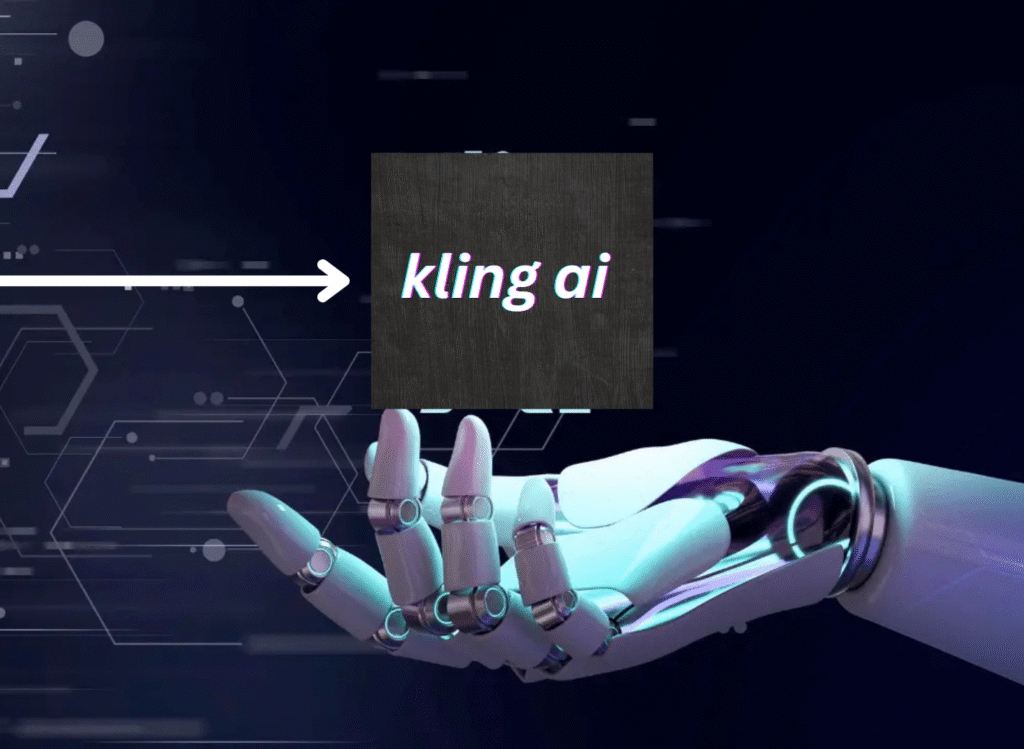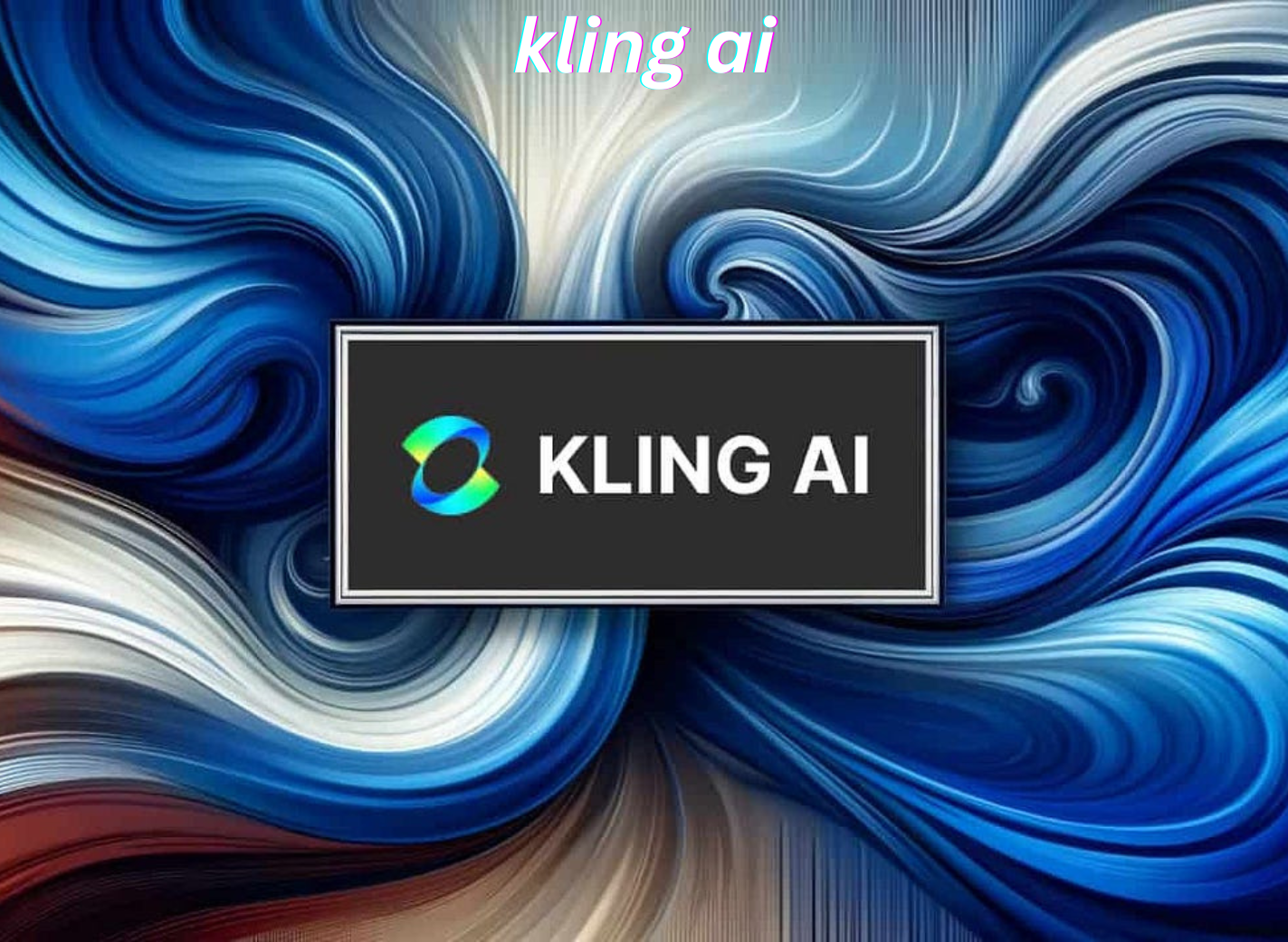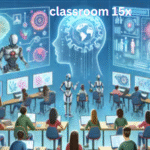Artificial Intelligence (AI) has become a driving force of innovation in today’s rapidly evolving digital world. From self-driving cars to intelligent chatbots, AI is reshaping how we live, work, and connect. At the forefront of this revolution is Kling AI—a groundbreaking AI solution poised to redefine the relationship between humans and machines. As kling ai industries rush to adopt smarter tools and systems, Klin g AI emerges as a transformative technology promising not just automation, but meaningful collaboration.
What makes Kling AI particularly compelling is its focus on usability, adaptability, and real-world application. Rather than offering a one-size-fits-all solution, Kling AI provides tailored tools that meet the unique demands of various sectors—from healthcare and business to education and entertainment. Its intuitive interface and advanced learning algorithms allow it to evolve with users, becoming more intelligent and useful over time.
In this article, we explore what Kling AI is, how it works, where it’s being used, and what the future holds for this intelligent system. As we delve deeper, we’ll uncover why Kling AI is being hailed not just as another AI tool, but as a bridge between human creativity and machine precision. This is more than automation—it’s collaboration reimagined.
What is Kling AI
Definition and Core Technology
Kling AI is an advanced artificial intelligence platform designed to facilitate seamless collaboration between humans and intelligent systems. Unlike traditional AI tools that focus solely on task automation, Kling AI centers on enhancing human capabilities through deep learning, contextual understanding, and real-time data analysis. It is powered by a combination of natural language processing kling ai (NLP), machine learning (ML), and neural networks that enable it to learn, adapt, and interact meaningfully with users.
At its core, Kling AI is built on large language models and generative algorithms that allow it to understand, generate, and process complex human language. This allows users to communicate with it naturally—through speech, text, or integrated interfaces. The system continuously improves by analyzing patterns in user interaction, which makes it more efficient and personalized over time. Its kling ai architecture supports high-performance computing environments, enabling faster decision-making and deeper insights.
Founders and Company Background
Kling AI was developed by a team of forward-thinking engineers, data scientists, and industry visionaries committed to making AI accessible and ethical. The company behind Kling AI aims to bridge the gap between powerful AI and real-world needs by developing solutions that empower users rather than replace them. Their mission is grounded in transparency, inclusivity, and responsible AI development.
The founding team brings together expertise from major tech firms, research institutions, and global think tanks. Their combined experience in AI ethics, software engineering, and human-computer interaction laid the foundation for Kling AI’s user-centric design. By focusing on collaboration instead of control, the creators of Kling AI envisioned a system that works with people, not just for them.
Key Features and Capabilities
Kling AI boasts a wide range of features tailored for flexibility and performance. Its standout capabilities include advanced natural language understanding, contextual memory, kling ai predictive analytics, and integration with third-party applications. Whether it’s generating reports, analyzing customer feedback, or automating repetitive tasks, Kling AI delivers results that are not only fast but also contextually accurate.
What truly sets Kling AI apart is its adaptability. It learns from each user interaction and optimizes its responses based on past behavior and preferences. Additionally, it offers multilingual support, making it accessible to global users. Kling AI also provides robust APIs and development kling ai tools, allowing businesses to integrate it into existing workflows seamlessly. Compared to traditional AI platforms, Kling AI offers a more fluid, intelligent, and intuitive user experience.
Applications of Kling AI Across Industries
Healthcare and Medical Research
Kling AI is revolutionizing healthcare by improving diagnostics, enhancing patient care, and speeding up medical research. Through real-time data processing, it assists doctors in identifying patterns in symptoms, predicting potential complications, and offering evidence-based kling ai treatment suggestions. For researchers, Kling AI can sift through vast medical literature and clinical trial data, highlighting relevant findings that might otherwise be overlooked.
Beyond diagnostics, Kling AI enhances patient engagement by automating routine communication and monitoring chronic conditions using AI-powered alerts. This not only reduces the burden on healthcare providers but also empowers patients with timely, personalized health information. Hospitals and clinics using Kling AI report faster decision-making, reduced errors, and improved kling ai patient outcomes.
Business and Marketing Automation

In the corporate world, Kling AI acts as a catalyst for smarter business decisions. It automates customer service, streamlines internal communication, and helps in crafting personalized marketing campaigns. By analyzing consumer behavior and engagement data, Kling AI enables businesses to tailor their offerings in real time, boosting conversion rates and customer satisfaction.
Sales teams benefit kling ai from its lead scoring and outreach automation features, while marketing teams use it to create compelling content and conduct sentiment analysis. Furthermore, Kling AI supports business intelligence tools, offering dashboards that turn raw data into actionable insights. The result? Leaner operations, better customer experiences, and higher profitability.
Education and E learning
Education is another sector seeing massive disruption with Kling AI. It enables personalized learning experiences by adapting content delivery to suit each student’s pace and preferences. Teachers can use it to automate administrative kling ai tasks like grading and scheduling, freeing up time for more meaningful student interaction.
Kling AI-powered chatbots assist students with homework, while intelligent content curation tools ensure learners are always working with up-to-date resources. In higher education, researchers leverage Kling AI for literature reviews, data analysis, and even writing assistance. With its multilingual support, Kling AI makes global e-learning more inclusive and effective.
Creative and Entertainment Fields
Creativity and AI are no longer at odds, thanks to platforms like Kling AI. In the entertainment industry, it’s being used to write scripts, generate music, edit videos, and even animate characters. Musicians use Kling AI to explore new compositions kling ai , while video producers rely on it to automate editing tasks and add AI-generated effects.
Writers and content creators collaborate with Kling AI to brainstorm ideas, overcome writer’s block, and enhance storytelling. Rather than replacing human creativity, Kling AI enhances it by offering inspiration and execution tools that kling ai accelerate the creative process. This partnership between art and algorithm is opening up new frontiers in media and design.
The Technology Behind Kling AI
Kling AI’s intelligence stems from its use of transformer-based language models and continual learning architectures. These systems analyze billions of data points and continuously refine their predictions and outputs. The platform also employs reinforcement learning from human feedback (RLHF), ensuring that user interactions shape the future behavior kling ai of the AI.
Moreover, Kling AI leverages real-time processing infrastructure that allows it to handle large volumes of data with low latency. Its modular design means developers can extend or customize functionalities without rebuilding the system from scratch. With embedded cybersecurity protocols, Kling AI also ensures that performance doesn’t come at the expense of safety.
Ethical Considerations and Future Challenges
Kling AI’s rapid adoption brings ethical considerations to the forefront. Developers are working diligently to minimize algorithmic bias by training the AI on diverse datasets and auditing decision-making processes. Transparency is key, and Kling AI includes features that allow users to trace the reasoning behind its suggestions.
Data privacy is another major concern, especially in sensitive sectors like healthcare and finance. Kling AI adheres to global data protection standards such as GDPR and HIPAA, with encrypted storage and strict access controls. Regular audits and kling ai ethical reviews help maintain trust in the system.
The future challenge lies in ensuring that human-AI collaboration remains equitable and empowering. As Kling AI becomes more autonomous, there’s a need for robust governance frameworks, user education, and inclusive design principles. The goal isn’t to replace humans—but to augment them with tools that expand what’s possible.
Conclusion
Kling AI represents a bold step forward in the evolution of intelligent systems. By combining adaptability, creativity, and ethical design, it offers a compelling vision for the future of work, education, healthcare, and beyond. It’s not just another AI platform—it’s a partner in innovation.
As industries seek to harness the full potential of artificial intelligence, Kling AI proves that machines and humans can work together to build a smarter, more connected world. The journey is just beginning, but the future of collaboration kling ai is already here.
FAQs
What makes Kling AI different from other AI platforms?
Kling AI emphasizes collaboration over automation, with features that adapt to users and support a wide range of industries.
Is Kling AI suitable for small businesses or only enterprises?
Kling AI is scalable and customizable, making it a viable solution for both small teams and large organizations.
Can Kling AI be customized for specific industry needs?
Yes, Kling AI offers flexible APIs and configuration options tailored to specific workflows and industry requirements.
How secure is Kling AI with sensitive data?
Kling AI follows strict data protection protocols and complies with international privacy laws to safeguard user information.
Does Kling AI require coding knowledge to use?
While developers can customize Kling AI, its intuitive interface makes it accessible for non-technical users as well.
You May Also Read: https://techbusinessus.com/powerschool-disd/





